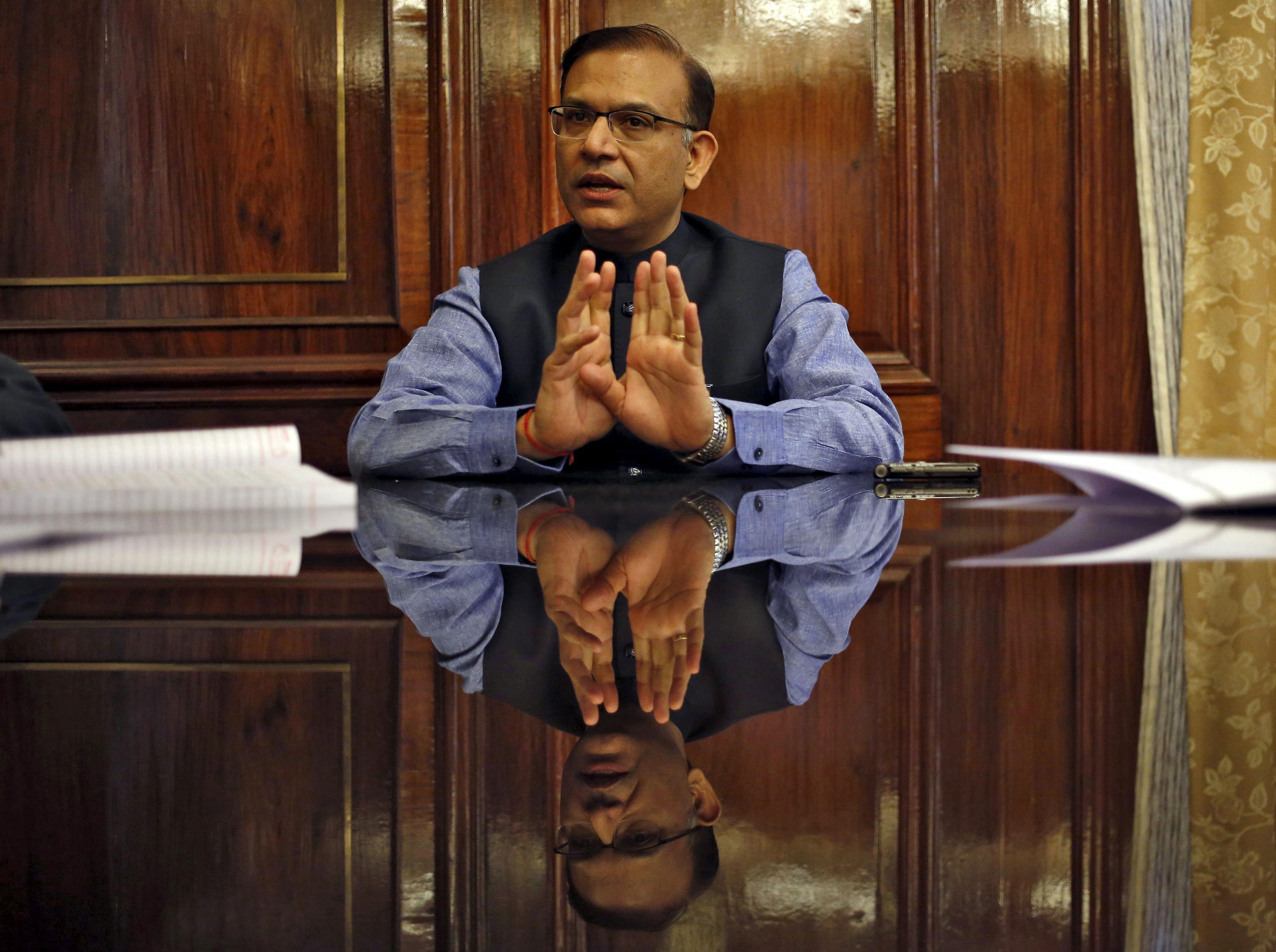Private equity investments have established themselves as a stable source of equity capital across several business cycles investing over $103 billion between 2001 and 2014, but have seen a sharp fall in returns in the last few years, stated a McKinsey report on Wednesday.
The report, which derives its data from VCCEdge among other platforms said that between 2001 and 2008, private equity firms raised about $65 billion for investing in India, but from 2009 to 2013 fundraising dwindled to about $29 billion.
The report titled “Indian Private Equity: Route to Resurgence’ prepared in confluence with Indian Private Equity and Venture Capital Association (IVCA), was released at an event by Minister of State for Finance Jayant Sinha.
Jayant Sinha, while addressing the PE community, said the government was working towards addressing PE/VC norms over permanent establishment. "If you as an investment manager are managing off shore funds in India, we want the tax incidence to be zero; we really want the industry to be in India," he said.
"We want to make sure that people who are managing funds from Singapore or London or Dubai are here in India. We have what is necessary to be a global financial hub. We are trying to make sure as far as the tax and regulatory regime is concerned, it is best in the world," he added.
He also highlighted the need for more domestic limited partners in India to solve Indian problems and said the government has been working towards ensuring that there is fund of funds with a corpus of Rs 10,000 crore.
Drawing parallels with China, he said in China 50 per cent of alternative capital is domestic opposed to India where it is just 10 per cent. “We are changing that 90-10 equation in the country. We have done a lot of work on Rs 10,000 crore on funds of funds and will shortly be coming up with announcement for that,” he said.
"Alternative assets are important because the capital that they bring is not buying shares in the market; its smart capital or value added capital and is linked to high quality governance and good operations and high quality strategies. This is the kind of institutional capital that we need," Sinha said.
The report highlights the development of PE sector in India over the last decade-and-a-half pointing to the changes in the nature of private equity investment and the decline in returns for PE investors. The report also shed light on the road ahead for PE investment and how an enabling regulatory environment can attract further investment into the country.
Commenting on the path ahead for private equity, Vivek Pandit, senior partner, McKinsey & Company in India, said, “With a positive macro-economic environment and strong GDP growth projections by a stable government, General Partners are optimistic about the PE sector in India. We expect the exit environment to improve and more fundraising relative to previous years."
Private equity inflows have remained strong, even as India’s GDP growth rates plunged from a peak of 9.6 per cent in fiscal 2007 to 4.7 per cent in fiscal 2014 amid high market volatility, with 70 per cent of investment flowing to early stage, SME and mid-corporate between 2001 and 2013, the report said. The number of jobs at companies backed by private equity posted a compounded annual growth rate of almost 9 per cent during the first five years after investment. The annual growth rate at comparable companies without private equity funds was just under 3 per cent.
Making a comparison of PE-backed firms with non-PE backed firms, McKinsey stated that PE-backed firms performed better in terms of exports, employment generation and also cross border M&As. In direct tax collection, the report stated that while the share of PE-backed firms increased from 0.3 per cent in 2002 to 3.7 per cent, their contribution to the tax collection increased from 0.6 to 18.8 per cent.
In pointing to the dismal performance across the PE sector from 2208 when returns dipped to 7 per cent against 21 per cent till 2007, the report highlighted the challenging macro-environment as one of the factors for the GDP to constantly underperform market expectations since 2011. It also said competition for a small pool of assets leading to richer valuations and narrower exit options were other reasons for the under-performance in the sector.
The route ahead for PE sector
Despite the under-performance, most investors remain committed to India and said that they will invest again, according to the report. But the McKinsey report also showed that the government will have to work harder to unlock the PE potential.
It cited four areas where regulations could further help forge a resurgent path ahead for the industry.
First, shifting of existing allocation ceilings for certain types of investors to mobilise greater domestic institutional capital for private equity.
Second, removing practical impediments related to withholding taxes and safe harbour norms for advisors to overseas investors.
Third, simplifying delisting norms for closely held companies and defining a robust court receivership process will expand the investible universe available for investors.
And last, providing a more certain and robust securities and tax regime will help private equity investors exit in a timely manner.
After several challenging years, the private equity industry in India can take advantage of the new-found economic optimism and a record of impact on portfolio companies to chart a route to resurgence, McKinsey said.






